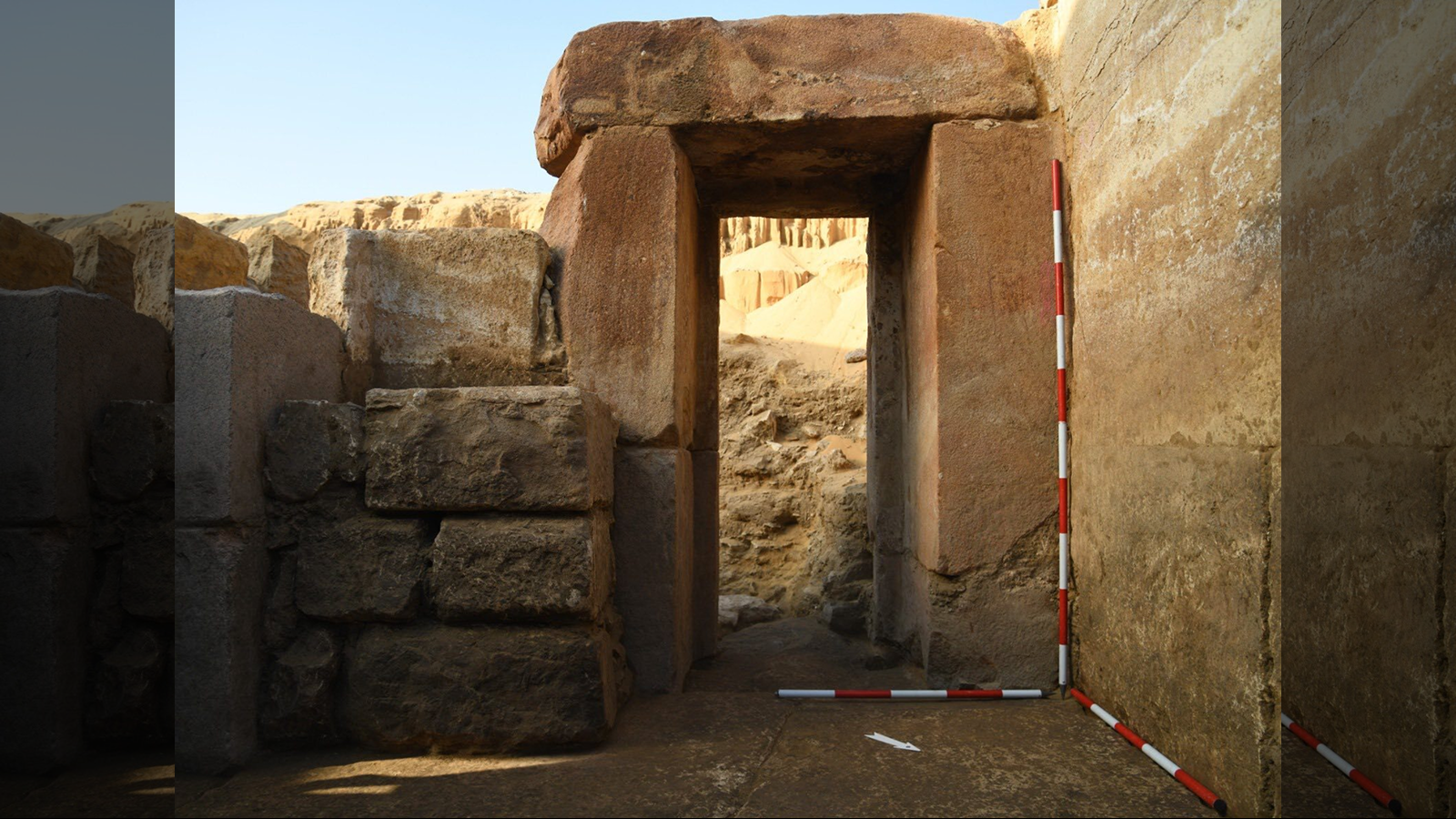Album: Looking for a Da Vinci
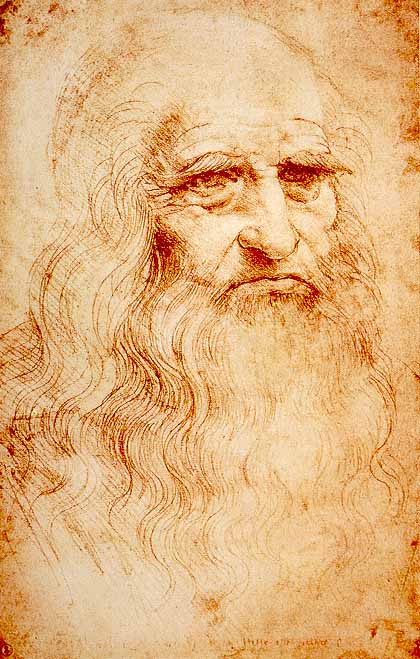
The Battle of Anghiari
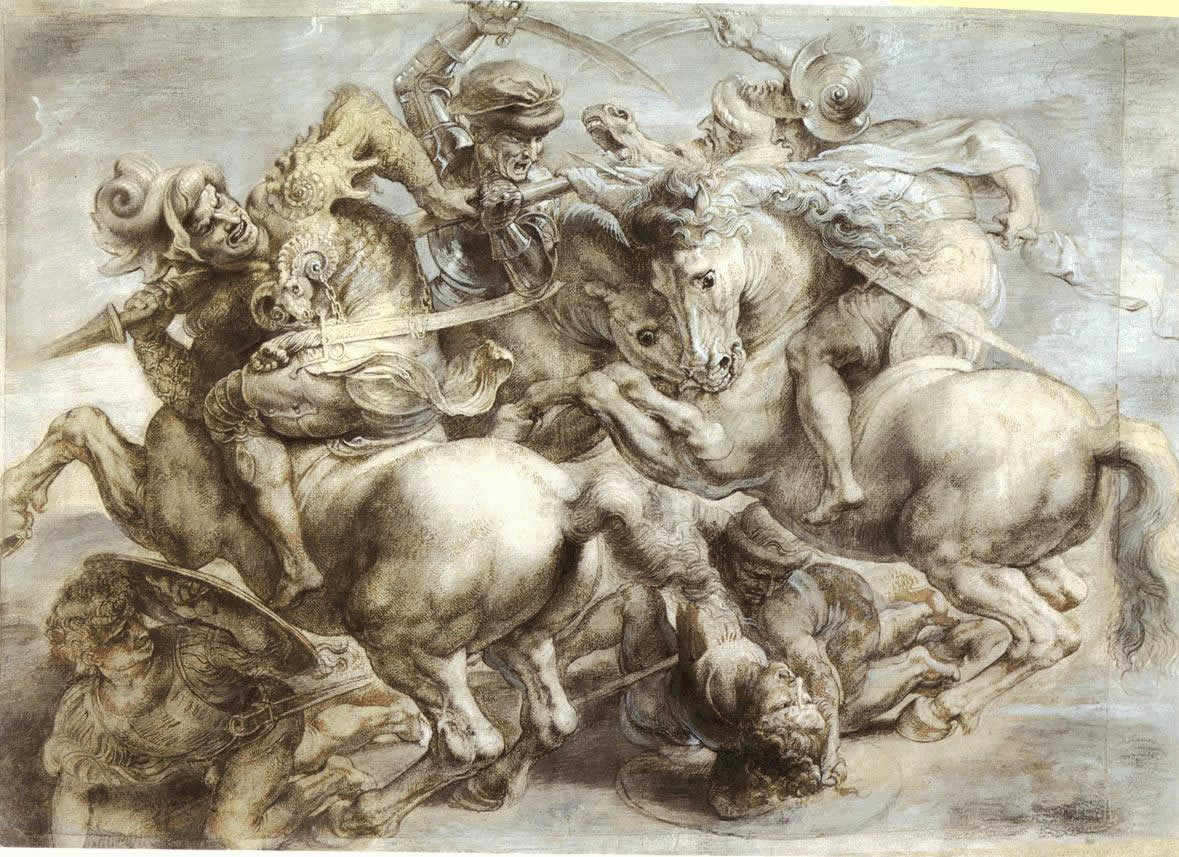
An engineer by training and now an expert in art diagnostics, Maurizio Seracini has been searching for more than 30 years for Leonardo da Vinci's "The Battle of Anghiari," which commemorates the 1440 victory of the battle on the plain of Anghiari between Milan and the Italian League led by the Republic of Florence; da Vinci painted it in the Palazzo Vecchio's Hall of the 500 (the town hall in Florence) in 1503. It was thought to have been destroyed when Giorgio Vasari remodeled the hall. Vasari had painted six new murals over the east and west walls of the hall. Now with an endoscope and various technologies, researchers have found evidence of what could be the painting hidden behind Vasari's mural.
Art Endoscope

The endoscope and sampling tool used to investigate the air gap behind the Vasari mural in Florence's Palazzo Vecchio.
Vasari Mural

Researchers threaded the endoscope into the wall covered by the Vasari mural to find signs of the lost Leonardo painting "The Battle of Anghiari" in Florence's Palazzo Vecchio.
Examining a Masterpiece
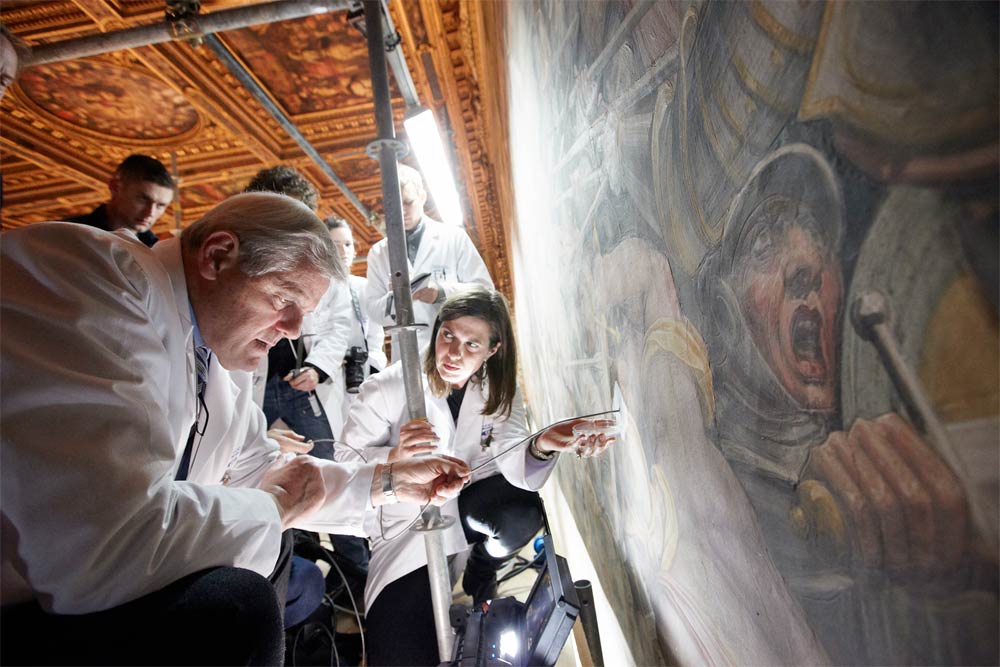
Terry Garcia of National Geographic (left), Leonardo project leader Maurizio Seracini (center) and Florence Mayor Matteo Renzi come together on the scaffolding next to the Vasari mural in Florence's Palazzo Vecchio.
Peering Inside
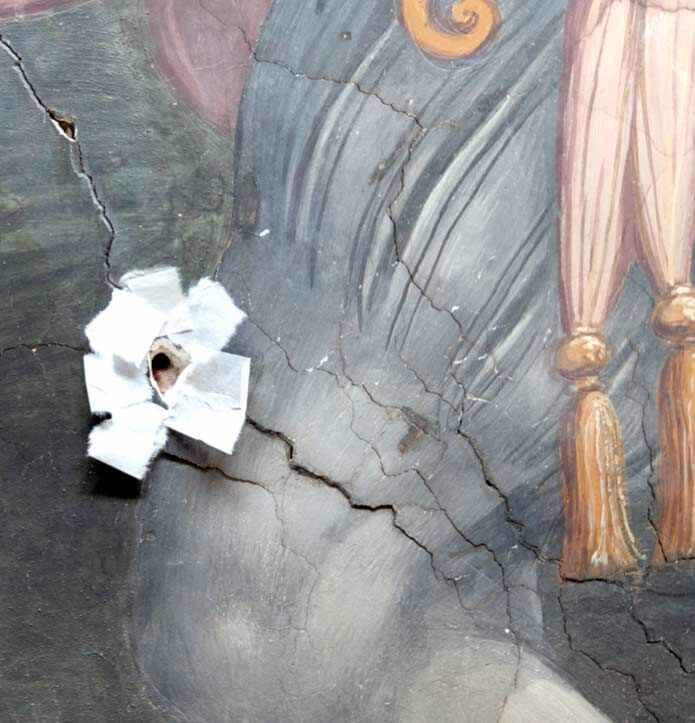
A tiny hole was created after a loose fragment of paint from the Vasari mural was removed by restorers and the surrounding area was secured. The point of entry was located at an existing crack in the Vasari mural.
Point of Entry

Another photo showing the endoscope inserted through a tiny hole in the Vasari mural.
'Mona Lisa' Pigment
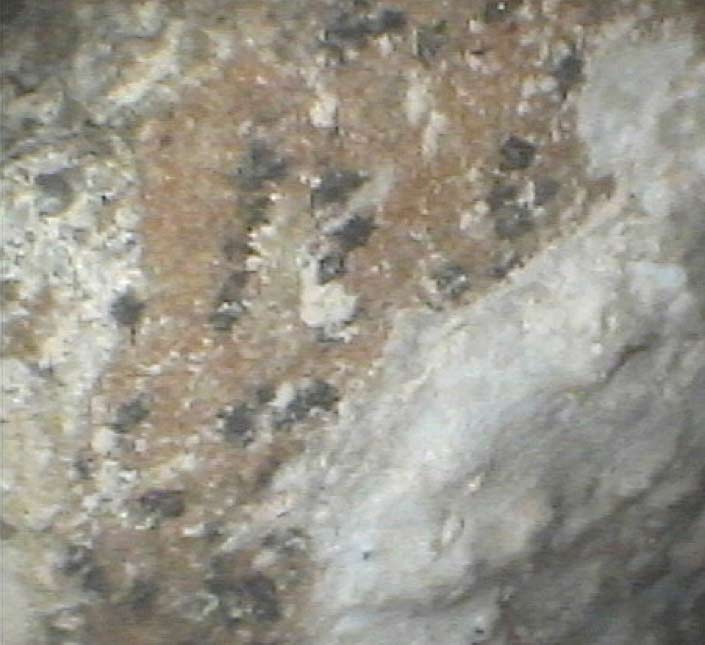
An endoscopic image of black material identified behind the Vasari mural. Tests suggest that the chemical composition of the samples is similar to black pigment found in brown glazes on da Vinci's "Mona Lisa" and "St. John the Baptist" paintings, based on comparison to data published by the Louvre in 2011.
Get the world’s most fascinating discoveries delivered straight to your inbox.



